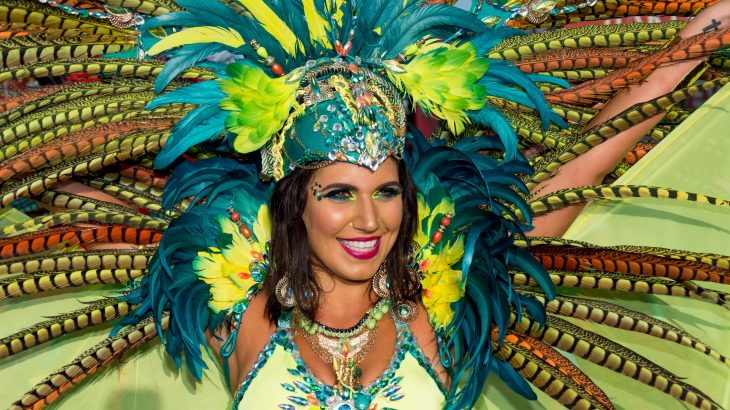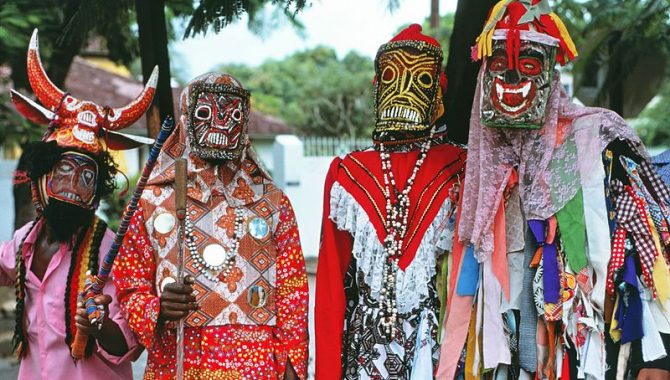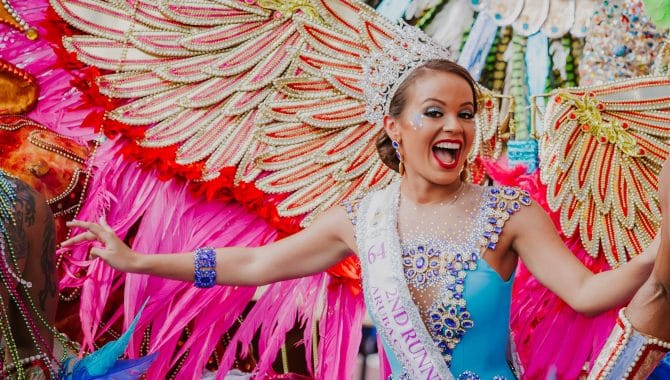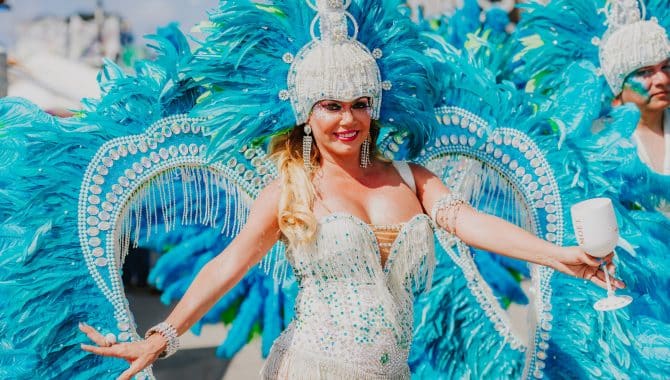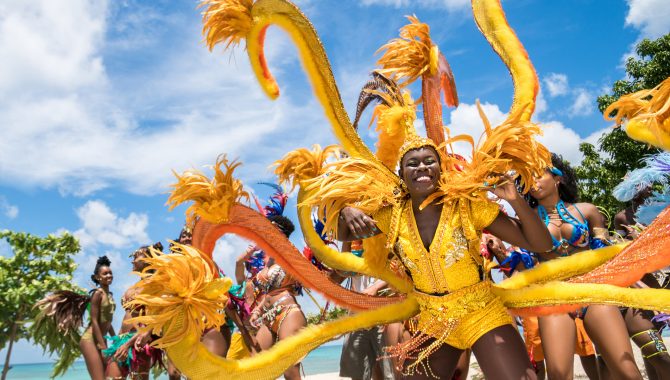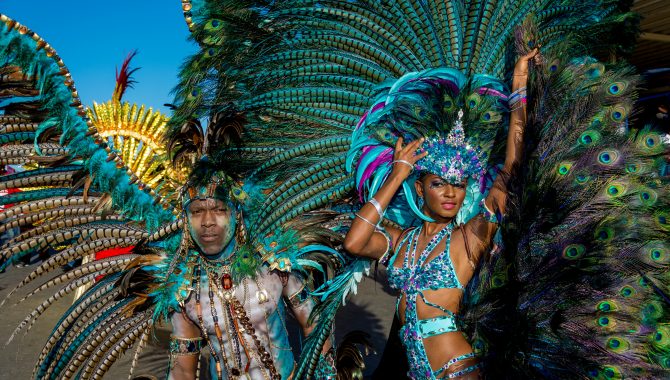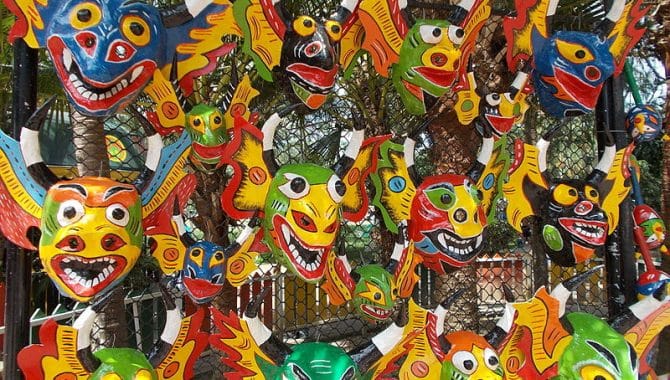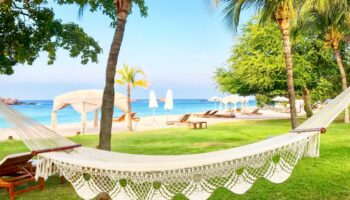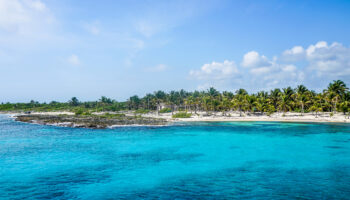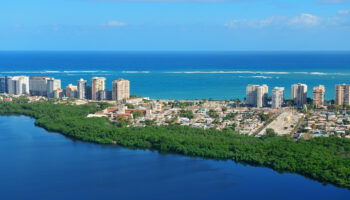Party-loving travelers will want to pencil these 2019 Carnival dates into their calendars. Carnival doesn’t have to come just once a year. In the Caribbean, there are plenty of chances to keep the party going for practically the whole year round. With dozens of carnival celebrations to choose from, there’s one for every personality.
Whichever carnival you choose, know that this incredible celebration of life and suspension of social norms might be one of the most liberating experiences you ever have. Pack your dancing shoes, leave your expectations at home and let yourself be transformed by the magic of Carnival.
Here’s a run down of some of the most popular carnivals across the Caribbean, decoding which celebration is perfect of each type of traveler.
